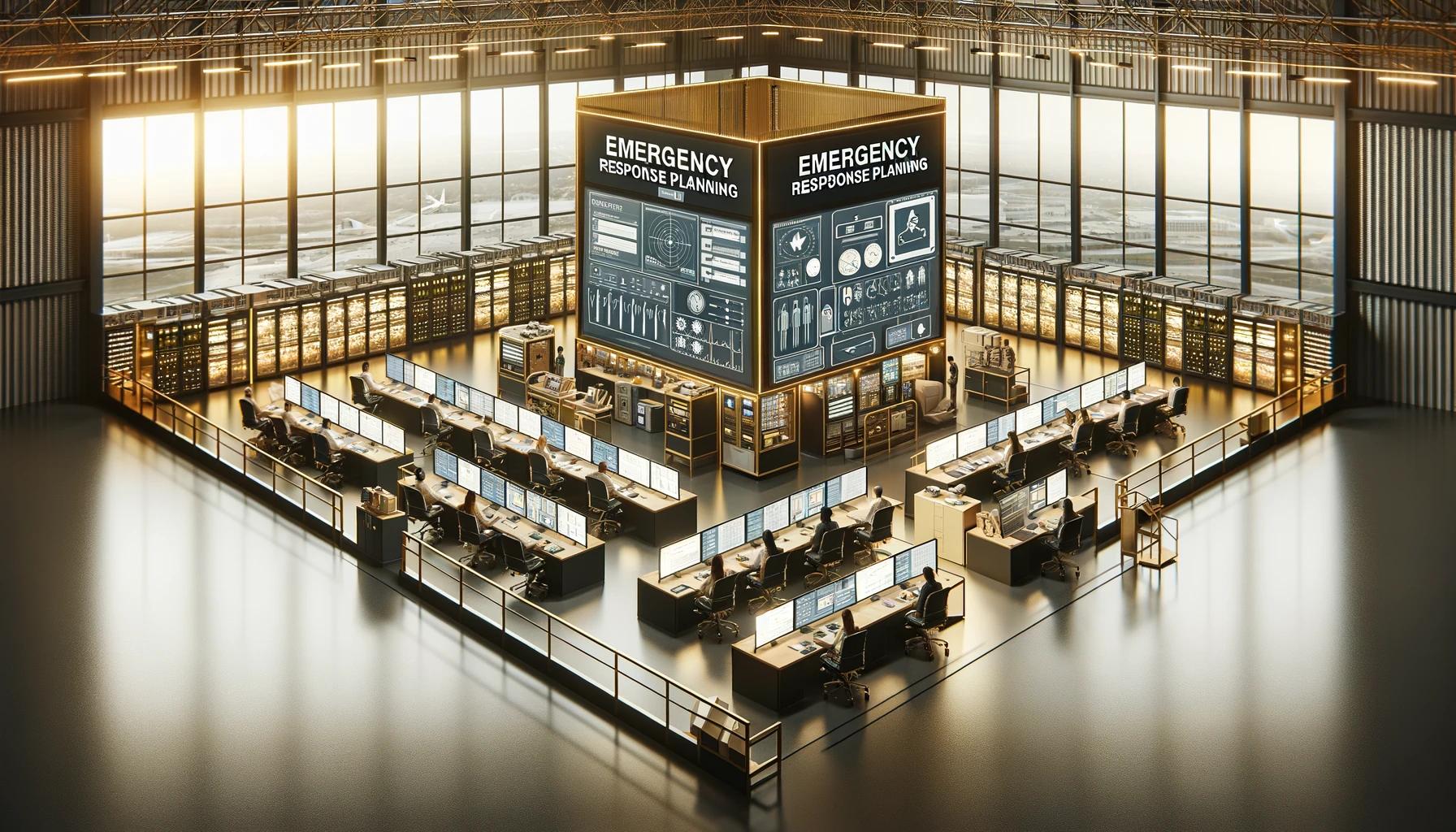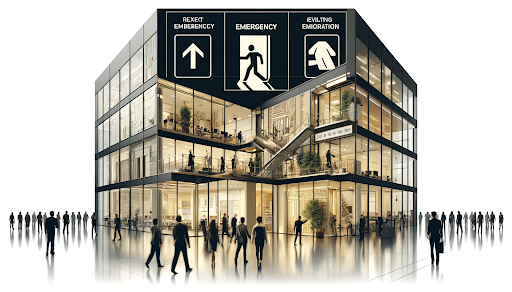When faced with natural disasters, businesses must protect their assets and ensure the safety of their employees and clients. The stakes are particularly high for property managers, chief security officers, and security company hiring managers. This blog post explores how businesses can prepare for and respond to natural disasters such as floods, earthquakes, and hurricanes, ensuring minimal disruption and maximum safety.
1. Understanding the Risks
Risk Assessment
The first step in preparing for a natural disaster is understanding the specific risks associated with your location and industry. This involves:
-
Geographical Analysis: Identify if your business is in an area prone to specific disasters, like floods in coastal regions or earthquakes in fault zones.
-
Infrastructure Evaluation: Assess the resilience of your building's structure and internal systems against different types of natural disasters.
Essential Measures
-
Flood Maps and Alerts: Use government resources to access flood maps and set up alerts.
-
Earthquake Readiness: Secure infrastructure and provide training on drop, cover, and hold protocols.
-
Hurricane Planning: Establish evacuation routes and secure windows and doors effectively.
2. Disaster Preparedness Plans
Creating a Comprehensive Plan
A well-crafted disaster preparedness plan addresses the following:
-
Emergency Contact List: Includes all critical contacts, such as local emergency services, a preferred restoration service provider, and key personnel.
-
Evacuation Procedures: Clear and practiced routes and roles to ensure efficient and safe evacuation.
-
Data Protection: Strategies to back up and protect data from disaster-related disruptions.
Training and Drills
Regular training sessions and drills for all employees ensure everyone knows what to do in an emergency. These might include:
-
Simulation Drills: Conducting regular drills to practice evacuation procedures.
-
First Aid Training: Equipping staff with basic emergency response skills.
-
Emergency Communication Systems: Ensuring all communication channels are operational during disasters.
3. Emergency Response and Recovery
Immediate Response
When a disaster strikes, the initial response can significantly impact the recovery phase. Key actions include:
-
Activating the Disaster Plan: Immediate implementation of the disaster preparedness plan.
-
Accounting for All Personnel: Ensuring all employees are safe and accounted for.
-
Damage Assessment: Initial evaluations of the structural impacts to prioritize emergency repairs.
Long-term Recovery
Recovery from a natural disaster can be a lengthy process involving:
-
Restoration Services: Partnering with professionals to restore the physical work environment.
-
Review and Learn: Analyzing the disaster response to refine and improve the disaster preparedness plan.
-
Supporting Employees: Providing necessary support to employees through recovery services or psychological assistance.
4. Leveraging Technology
Modern technology offers various tools that can enhance disaster preparedness and response:
-
Emergency Notification Systems: Automated systems to send instant alerts to employees and stakeholders.
-
Mobile Apps: Apps that provide real-time weather updates and emergency guidelines.
-
Cloud Computing: Ensures data is backed up off-site and is accessible from any location, facilitating business continuity.
5. Insurance and Legal Considerations
Understanding insurance coverage and legal requirements is crucial in disaster planning:
-
Adequate Coverage: Ensuring that the business’s insurance policies cover all possible natural disaster scenarios.
-
Legal Compliance: Adhering to local, state, and federal regulations concerning disaster preparedness and employee safety.
.png)
.png)
.png)

.png)
.png)




.png)
.png)
.png)
.png)
